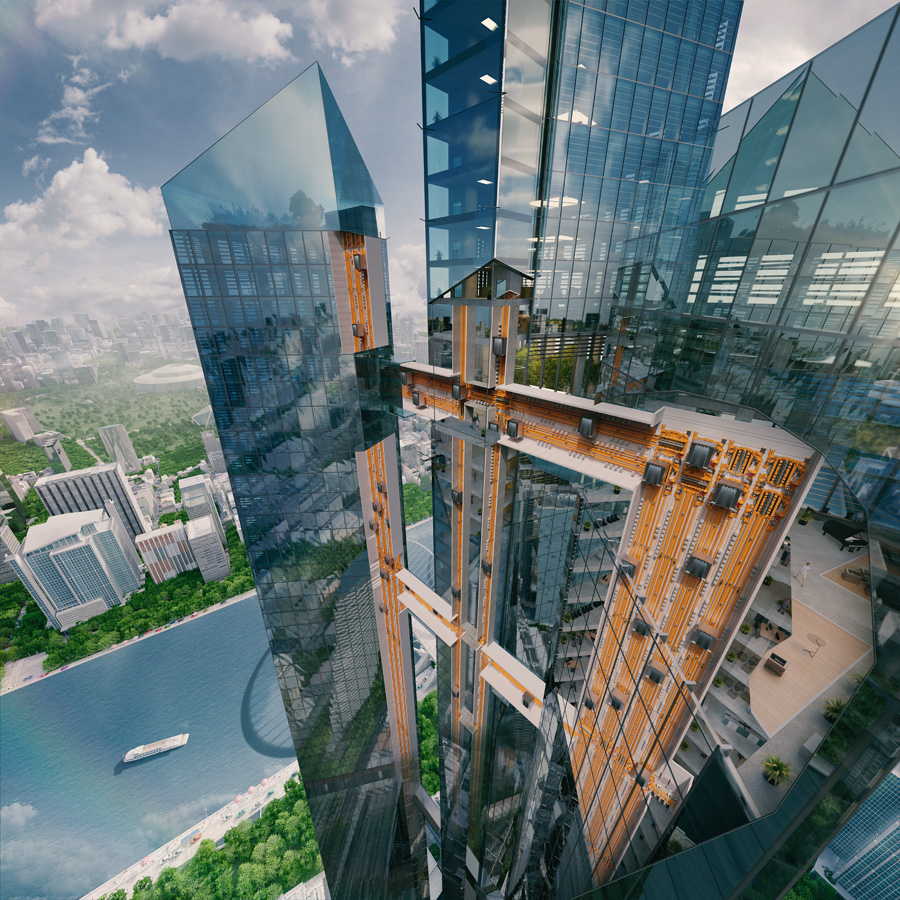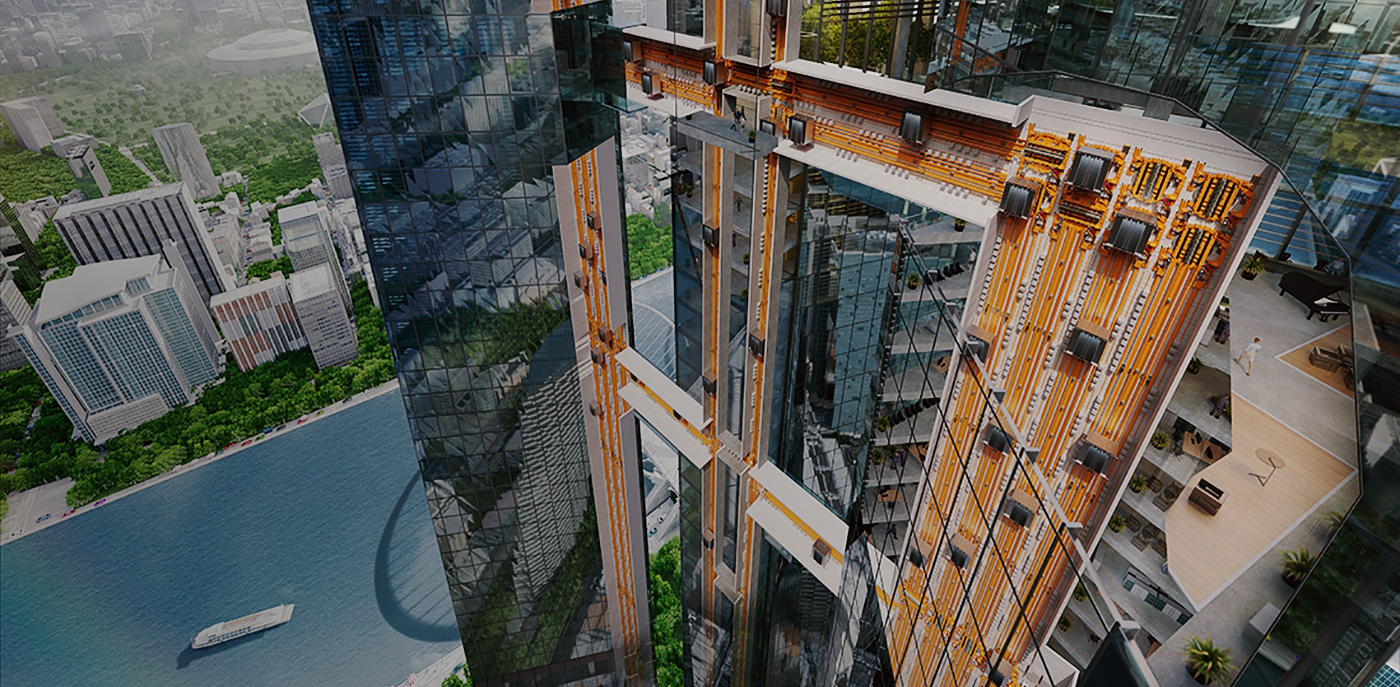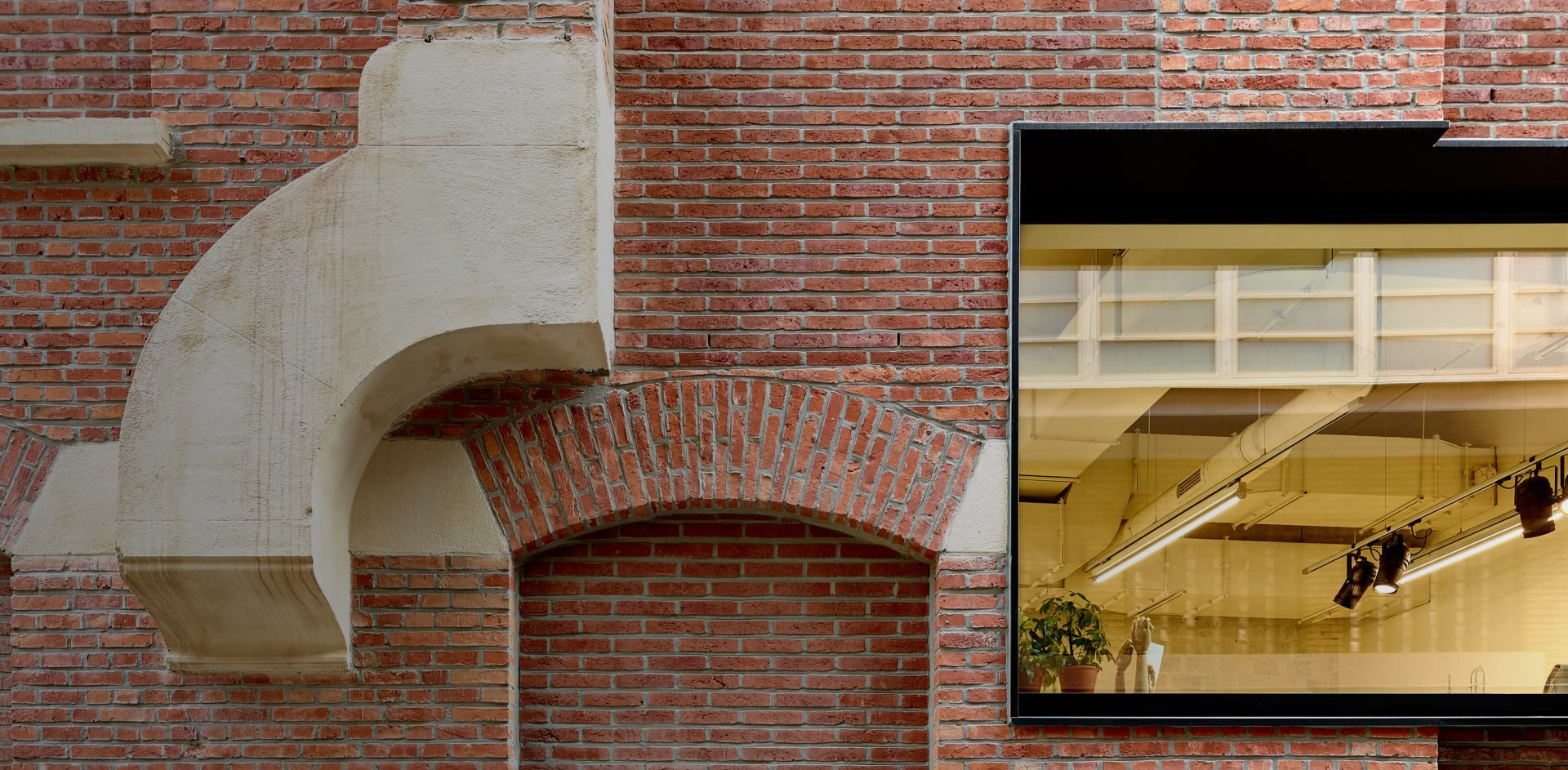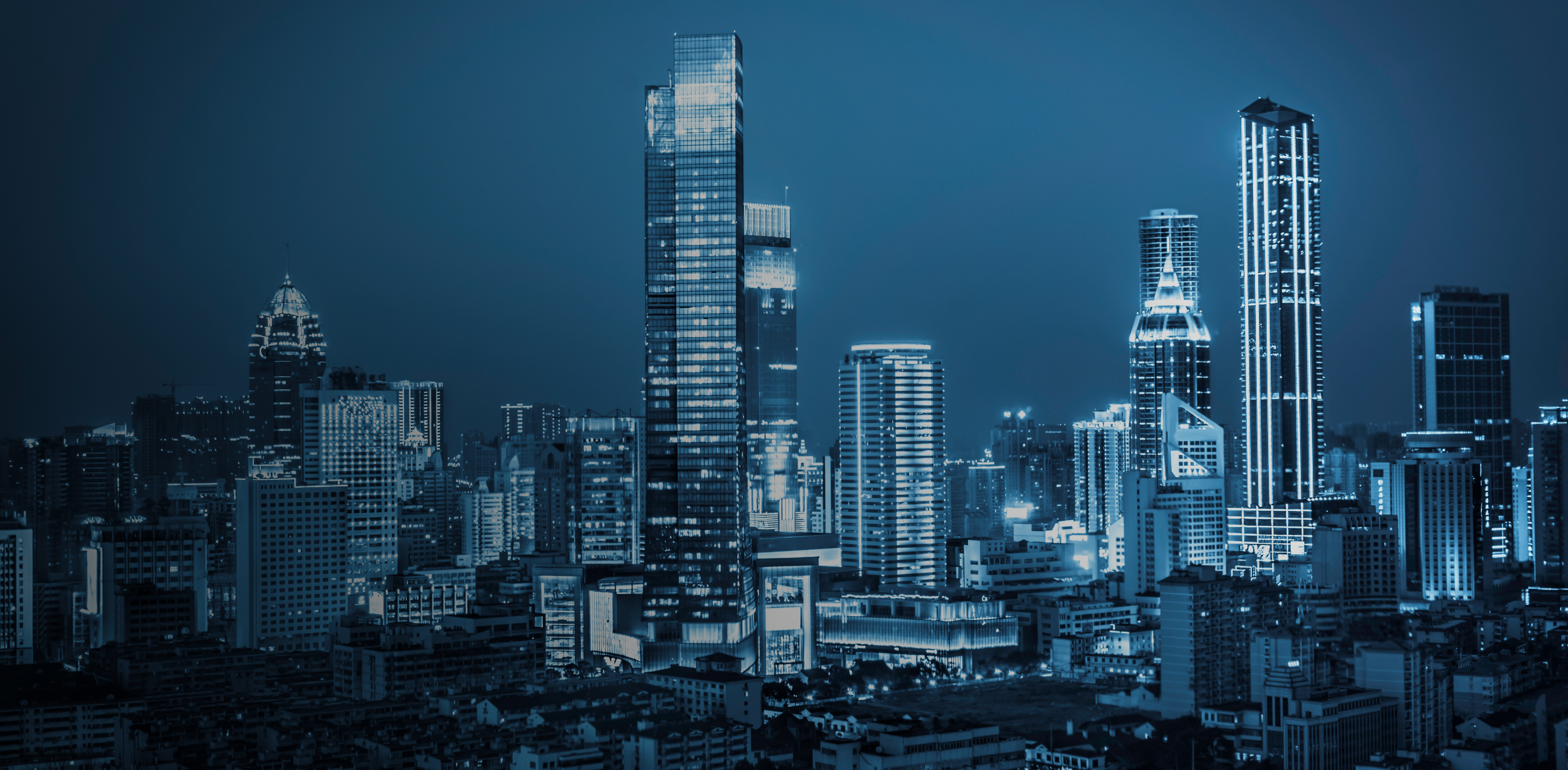Architects: Want to have your project featured? Showcase your work through Architizer and sign up for our inspirational newsletter.
Back in 2016, elevator manufacturer ThyssenKrupp announced its plans to develop the world’s first rope-free elevator, MULTI, which promised to transport building occupants not only vertically, but horizontally, as well. The company caused a stir the following year when it unveiled a working 1:3-scale model at ThyssenKrupp Innovation Center in Spain. The model a featured a pair of 32-foot-high shafts shared by four cabs to demonstrate linear motor technology, which is based on magnetic levitation (Maglev) trains.
Since then, Thyssenkrupp has reportedly conducted successful tests of the system at their new 800-foot-tall testing facility in Rottweil, Germany, the tallest elevator test tower in the world.
A Refresher on MULTI
MULTI proposes a circuitous system by using 90-degree turning equipment and electromagnetic levitation technology. This combination will move more cars per shaft — vertically and horizontally — ultimately reducing waiting time for an elevator to an estimated 15 to 30 seconds maximum. To ensure safety, multi-propulsion and braking systems in the cabins will be employed, as will the manufacturer’s TWIN elevator safety control system that already has a proven record.
“The sideways capability will allow passengers to now move to all parts of a building, significantly increasing efficiency,” says Brad Nemeth, vice president of sustainability for Thyssenkrupp Elevator Americas. The system is also enables the seamless transportation of passengers to nearby infrastructure such as parking garages. “You’ll no longer see this hard division between how you get to a building and how you transport within a building,” Nemeth added. “Over time you’ll see those lines disappear.”
Thyssenkrupp also commissioned TU-Dresden to develop a new, lightweight cabin that would be compatible with the new technology. TU-Dresden was responsible for the Cabin, Composyst for production, Acentiss for construction, and Neongrau and Intolight for the lighting concept, interface and user guidance.

Beyond its immense implications for architectural implications, the MULTI rope-free elevator system also offers both real estate and sustainability benefits. First, it can increase passenger capacity while reducing the elevator’s overall footprint in a building by half, thanks to the removal of ropes and linear motors. Second, cabins and doors will be made with new and lightweight carbon-composite materials that will reduce weight compared to standard lifts by 50 percent.
Stayed to Architizer for updates on this technology, and for more on vertical circulation through buildings, explore our Architect’s Guide to Elevators and Escalators.
Research Elevator Manufacturers
Architects: Want to have your project featured? Showcase your work through Architizer and sign up for our inspirational newsletter.









